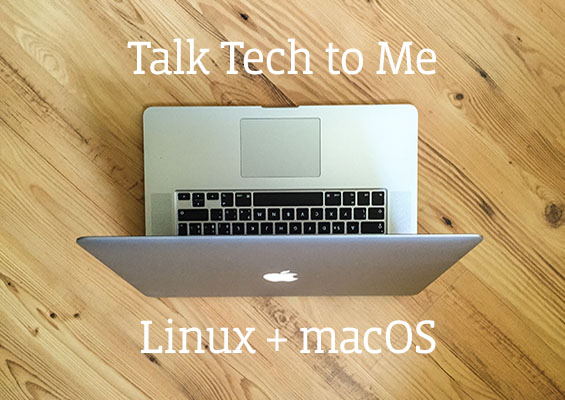

- #Bash on mac terminal how to#
- #Bash on mac terminal install#
- #Bash on mac terminal update#
- #Bash on mac terminal upgrade#
Update your changes by running the command source ~/.zshrc Then, select this theme in your ~/.zshrc ZSH_THEME="powerlevel9k/powerlevel9k"
#Bash on mac terminal install#
In this scenario, we’ll install powerlevel9k, $ git clone ~/.oh-my-zsh/custom/themes/powerlevel9k

To install another theme not pre-installed, clone the repository into custom/themesdirectory. Set the zsh theme and update your changes source ~/.zhrc Using a Custom Theme Or open the file in a text editor with open ~/.zshrc To open the config file (.zshrc), run the command: nano ~/.zshrc Zsh theme set to agnoster You then need to select this theme in your ~/.zshrc. In this scenario, I changed it to agnoster, an already pre-installed theme. The default theme is robbyrussell, but you can change it to any theme of your choice. Oh My Zsh comes bundled with a lot of themes. Now, we will install the dependencies to get the best out of Zsh. Restart iTerm2 to dive into the new experience of using Zsh.
#Bash on mac terminal upgrade#
You can upgrade it to get the latest features it offers. Install Oh My Zsh by running the command sh -c "$(curl -fsSL )"Ĭheck the installed version zsh -version It runs on Zsh to provide cool features configurable within the ~/.zhrc config file. It will not make you a 10x developer…but you might feel like one” - Robby Russell brew install zsh Step 4: Install Oh My Zsh “Oh My Zsh is an open source, community-driven framework for managing your zsh configuration. Let’s install zsh using brew and make iTerm2 use it. To install iTerm2, run the command: brew cask install iterm2 Step 3: Install ZSH Zsh is a shell designed for interactive use, although it is also a powerful scripting language.īy default, macOs ships with zsh located in /bin/zsh. You can integrate zsh into iTerm2 to increase productivity. Most software engineers prefer i Term2 over the default terminal that ships with macOS as a result of its cool features. ITerm2 is a replacement for terminal and the successor to iTerm. If you get an error, run xcode-select -r to reset xcode-select. Open your terminal and run the command: xcode-select -install Homebrew is a free and open-source software package management system that simplifies the installation of software on Apple’s macOS.īefore installing Homebrew, we need to install the CLI tools for Xcode. Setting up the dependencies to create a beautiful terminal.Well, since you’re here already, let’s kick-start this. This is a no-brainer, and after this, you’ll ponder the reason for not discovering ZSH earlier. In this walk-through, we will configure iTerm2 with ZSH and its dependencies. Z shell (Zsh) is a Unix shell built on top of bash (the default shell for macOS) with a large number of improvements. You want to go out of the ordinary, to add life to the boring terminal and improve your productivity. It sounds like you may have found one it doesn't handle.Sometimes, using the default terminal sucks. In general, bashrc_Apple_Terminal attempts to detect and disable per-session history if it looks like the user has performed any customizations that aren't compatible with it.


Note if it doesn't complete or if any sort of warning or error messages are displayed. To see if it encounters any problems, instead of closing the terminal exit the shell manually with exit (or Control-D). When you exit the shell, this code will save new commands to the terminal's history in ~/.bash_sessions.
#Bash on mac terminal how to#
If you install an EXIT signal handler with trap be sure to do something similar (or call shell_session_update from your handler if you can't figure out how to concatenate to the previous value-it's a little involved). If you customize PROMPT_COMMAND be sure to concatenate to the previous value so you don't wipe out the system-supplied command: PROMPT_COMMAND="$your_code_here" Read the comments in /etc/bashrc_Apple_Terminal for an explanation of how it manages per-terminal command histories and how to customize it. Starting in OS X 10.11 El Capitan, the system-installed script /etc/bashrc_Apple_Terminal coordinates with Terminal in order to save/restore separate command histories for each terminal restored for Resume.


 0 kommentar(er)
0 kommentar(er)
